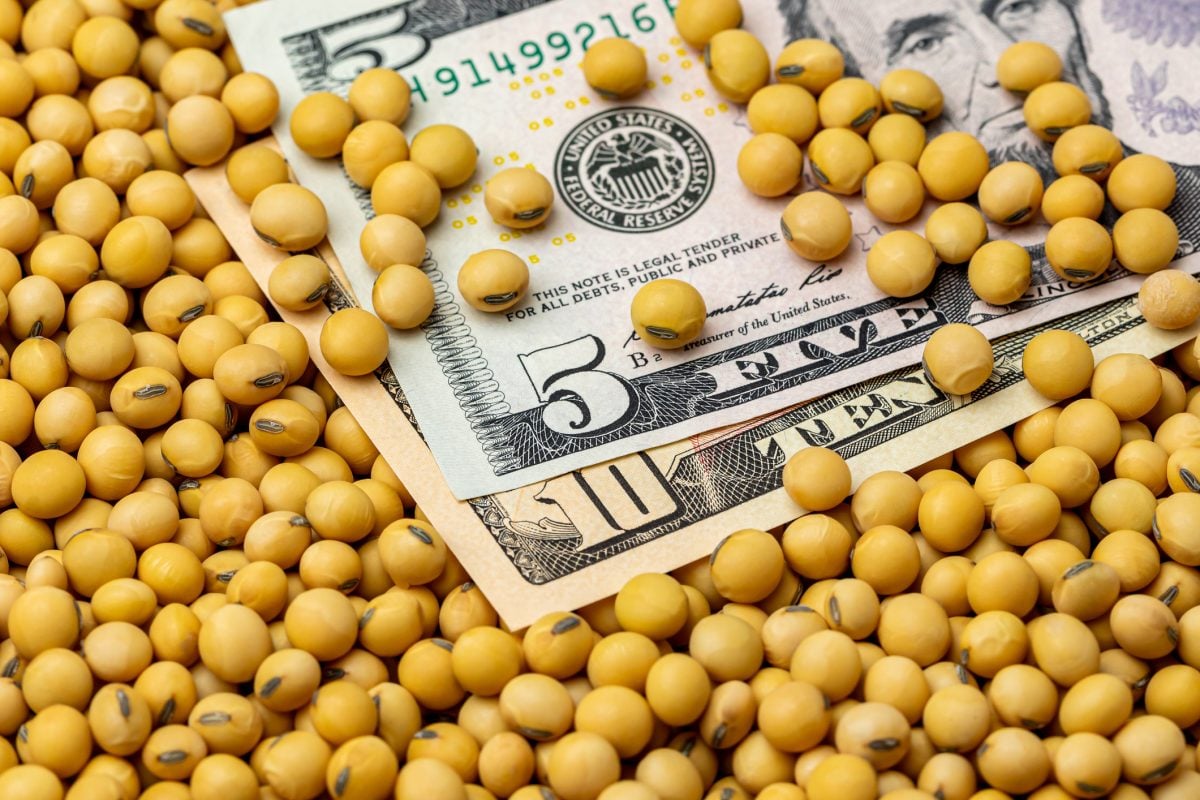Chicago | Reuters — U.S. grain futures were lower on Tuesday, with wheat dropping about one per cent and corn easing for the second straight session on chart-based selling and abundant global stockpiles, traders said.
Soybeans edged slightly higher, gaining for the seventh straight session to the highest in about six weeks. Warm and dry conditions stressed the developing crop in Argentina, the No. 3 soy producer after the U.S. and Brazil, prompting buying.
There was little fresh news to alter momentum for any of the crops, and investment funds still had sizeable net shorts in each. Rain mixed with snow fell in parts of wheat-growing areas in the U.S. Midwest, providing moisture to the dormant soft red winter wheat crop.
Read Also

U.S. grains: Soybeans set 15-month high on U.S.-China trade deal hopes
Chicago soybean futures reached their highest in 15 months on Tuesday, briefly topping $11 a bushel on optimism that the U.S. could reach a trade deal with China as leaders from both countries are expected to meet in South Korea on Thursday.
CBOT SRW wheat futures for March delivery fell 4-1/4 cents to $4.21-1/2 per bushel while K.C. March hard red winter wheat shed 5-1/4 cents to $4.23-1/4, both the lowest in about a week (all figures US$).
“Everyone is marking time until wheat breaks dormancy,” said INTL FCStone analyst Arlan Suderman.
MGEX March spring wheat was down 2-1/2 cents to $6.04-1/2 per bushel, touching the lowest levels since June.
CBOT March corn finished 3/4 cent lower at $3.51-1/4 per bushel, trimming declines late in the session.
CBOT March soybeans were up two cents at $9.86-1/4, weakening after an earlier high of $9.88-3/4.
Commodity funds were net sellers in wheat and corn and net buyers in the CBOT soy complex, traders said.
Analytics firm Informa Economics trimmed its forecasts for 2018 U.S. soybean and corn plantings, even as their outlook for 91.387 million soybean acres still would be the most ever.
Argentine soy and corn farmers are facing yield losses this season due to hot, dry weather that persisted over the weekend and was expected to continue in the days ahead, a Buenos Aires Grains Exchange weather consultant said on Monday.
Argentina is not in an actual drought but conditions are not optimal for crops, said consultant Eduardo Sierra.
— Michael Hirtzer reports on commodity markets for Reuters from Chicago; additional reporting by Michael Hogan in Hamburg and Naveen Thukral in Singapore.












